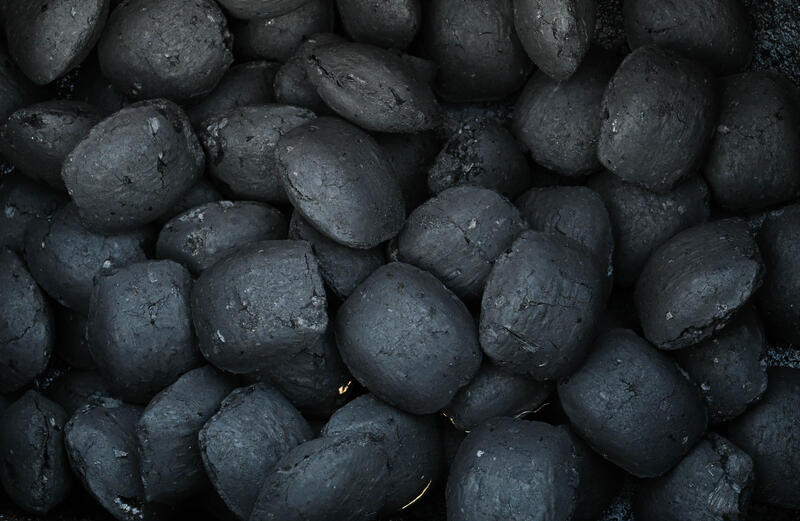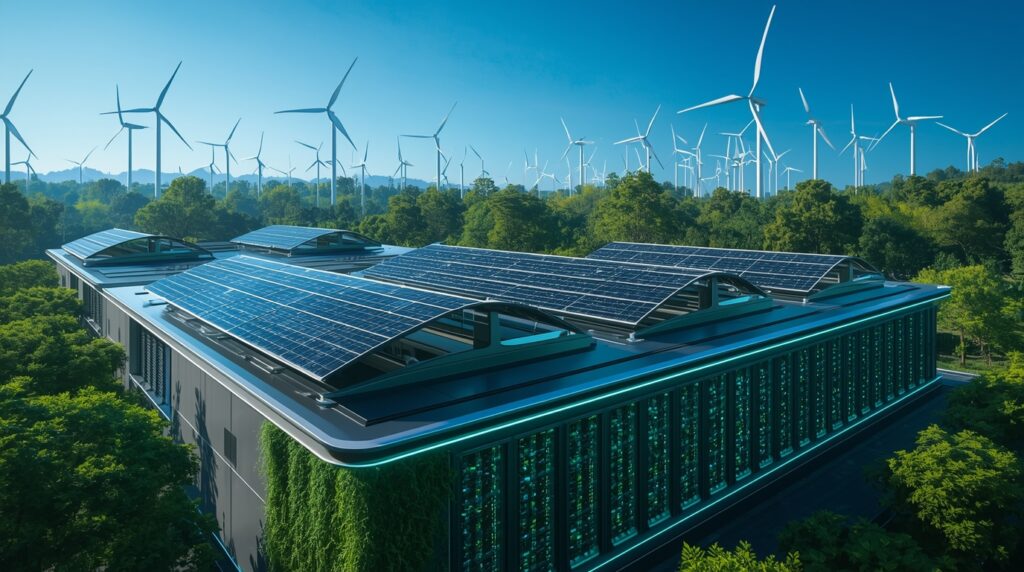In Ghana, the crackle of charcoal fires is more than a daily soundtrack; it is a symbol of survival, convenience, and culture. Yet behind the smoke lies a hidden cost: accelerating deforestation, rising household expenses, and persistent indoor air pollution.
With over a third of Ghanaian households still dependent on charcoal, the country faces a tough question: how can it keep kitchens running without burning through its forests? One surprising contender is sawdust charcoal briquettes, a renewable, waste-to-energy alternative that promises cleaner cooking, greener cities, and new economic opportunities.
But can this humble byproduct of the timber industry truly fuel Ghana’s renewable energy future?
Charcoal remains a dominant cooking fuel in Ghana. Roughly one in three households uses charcoal, and most of the population still relies on solid fuels for daily cooking. That heavy dependence drives widespread tree felling and forest degradation.
Reports have repeatedly flagged charcoal-linked deforestation as a national crisis. Replacing even part of household charcoal demand with briquettes would reduce forest pressure, improve energy security, and cut greenhouse gas emissions.
What are sawdust charcoal briquettes and why are they attractive?
Sawdust briquettes are made by compressing residues from sawmills into dense blocks that burn like charcoal. In some cases, the sawdust is carbonized first; in others, it’s compressed with binders. Either way, the process transforms what was once waste into a usable, marketable fuel.
Ghana’s timber and sawmilling sector generates massive volumes of sawdust estimated at nearly 100 million kilograms each year. Much of it is left unused, dumped, or even burned as waste. Turning this resource into briquettes offers a home-grown, renewable energy solution.
Performance, health, and emissions
Studies in Ghana and across Africa show that well-made briquettes, when paired with the right stoves, can burn efficiently and release fewer harmful emissions than traditional charcoal. They often produce consistent heat and last longer in cooking.
However, results are not always straightforward. Poorly made briquettes with too much moisture or low density can smoke heavily and perform worse than expected. Another concern is ignition: many households use kerosene to light briquettes, which can increase fine particle pollution and undermine the health benefits.
The lesson is clear briquettes can be cleaner, but only if producers maintain quality and users adopt proper stoves and safer lighting practices.
Feasibility on the ground
The idea of briquettes is not new to Ghana. Several pilot projects and small businesses already produce them using locally made or imported machines. In fact, briquetting presses and equipment are sold on the local market. Non-governmental organizations have also run demonstration projects, from sawdust briquettes in Kumasi to grass-based briquettes in rural areas.
This proves two things: the technology is available, and small entrepreneurs are willing to invest. What is missing is a consistent supply chain, reliable quality, and broader consumer adoption.
Economic and social benefits
Scaling up briquette production could have multiple payoffs:
- Job creation: From sawdust collection and drying to machine operation and distribution, briquettes create rural and urban employment.
- Waste management: Instead of discarding or burning sawdust, sawmills can sell it, turning a liability into revenue.
- Price stability: Locally made briquettes can shield households from the rising cost of charcoal, especially in cities.
- Livelihoods: Women and youth in particular can participate in briquette-making, from small enterprises to sales.
Also read: Togo’s Path to Universal Energy Access Through Solar Power
If priced competitively and packaged in small, affordable units, briquettes could appeal directly to the same households that currently depend on charcoal.
The hurdles that must be solved
- Quality and standards
Inconsistent density, high moisture, or poor binders make some briquettes unreliable. Without standards, consumers lose trust. Ghana needs certification, producer training, and fuel testing labs. - Stove compatibility and behavior
Briquettes often burn best in stoves designed for them. Distributing appropriate stoves and running behavior-change campaigns will be critical. - Economics and access
Charcoal is cheap and deeply embedded in culture. Briquettes must be cost-competitive and widely available in local shops, not just in pilot projects. - Feedstock logistics
While sawdust is abundant, it is scattered across mills. Efficient collection, drying, and transport require investment in logistics hubs near production areas. - Policy and finance
Large-scale success needs favorable tax rules, equipment financing, and perhaps temporary subsidies or carbon credits. Without policy support, briquettes may struggle to displace entrenched charcoal markets.
Also read: How Women Entrepreneurs Are Shaping the Future of Peace, Security, and Clean Energy
Policy actions that could accelerate adoption
- Introduce national fuel standards for briquettes and a recognizable label to assure consumers of quality.
- Support decentralized drying and briquetting hubs near sawmills to cut transport costs.
- Link fuel with stove distribution programs, ensuring that households adopt both at the same time.
- Offer tax breaks, seed finance, and microloans for small entrepreneurs while monitoring forest impacts.
- Embed briquette promotion in Ghana’s renewable energy and forestry policies, positioning them as a key tool in meeting national climate and energy goals.



